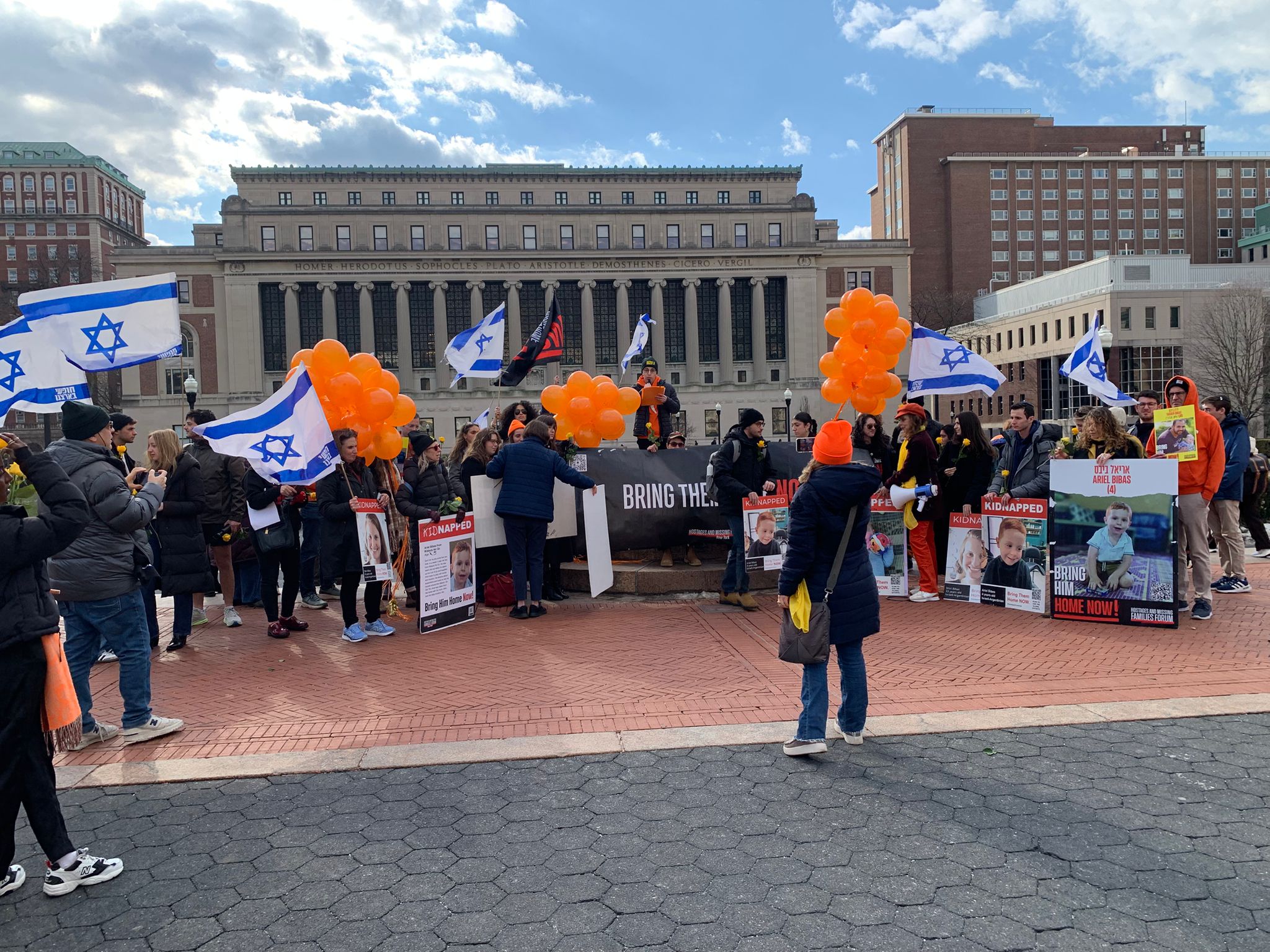The current elections in Israel and the probability of dealing with Trump’s “Deal of the Century” have highlighted the need to clarify the relationship between the State of Israel and the Land of Israel.
The future of Eretz Yisrael, securing our presence in our biblical homeland, is a central issue and mission of our time.
The call for extending Israel’s law and sovereignty to all of the Land of Israel, or at least first over Area C, has been on the public agenda for some time and have been further encouraged by recent statements by U.S. Ambassador David Friedman about Israel’s right to “retain” parts of Area C, and the words of U.S. Envoy Jason Greenblatt in support of extending Jewish sovereignty over parts of Judea and Samaria. Greenblatt also established that “the lack of peace has nothing to do with the existence of settlements, no matter what people say day in and day out.”
The State of Israel was declared on May 14, 1948, at the end of the British Mandate based on the U.N. General Assembly declaration of November 29, 1947.
“The Land of Israel was the birthplace of the Jewish people. Here the spiritual, religious and political identity was shaped… This right—the right of the Jewish people to national rebirth in its own country—was recognized in the Balfour Declaration of the second of November 1917, and reaffirmed in the mandate of the League of Nations, which gave sanction to the historic connection between the Jewish people and Eretz Israel and to the right of the Jewish people to rebuild its national home… Accordingly, we, members of the People’s Council, representatives of the Jewish community of Eretz Israel and, by virtue of our national and historic right and on the strength of the resolution of the United Nations General Assembly, hereby declare the establishment of a Jewish state in Eretz Israel, to be known as the State of Israel.”
It is quite clear that Eretz Yisrael and Medinat Yisrael are separate, though interrelated, entities.
Eretz Yisrael is the ancient homeland of the Jewish people, the rights to which were recognized by the Mandate Resolution with the statement:
“Whereas the Principal Allied Powers have also agreed…in favor of the establishment in Palestine of a national home for the Jewish People”…and, “Whereas recognition has thereby been given to the historical connection of the Jewish people with Palestine and to the grounds for reconstituting their national home in that country.”
Jewish rights over all of western Mandatory Palestine are well anchored in international law. The original Mandate of 1920 included the Golan Heights, and the final territory assigned to the Jewish National Home in 1922 included all the Biblical territory between the Jordan River and the Mediterranean Sea.
For the first 19 years of its existence, Medinat Yisrael did not include all of Eretz Yisrael. Much of the ancient Jewish biblical homeland remained in the hands of the Jordanian kingdom, inaccessible to Jews. In 1967, when neighboring Arab states tried to destroy the Jewish state, the Jews prevailed and the rest of Eretz Yisrael was finally liberated, including the Golan. At that point the transition from Medinat Israel to Eretz Israel could start.
For too many Israelis and Jews throughout the world—then and now—Medinat Israel as it was constituted in 1948 is still the fulfillment of the Zionist dream. They either dismiss or even reject ongoing efforts to establish the Jewish presence over the whole Land of Israel. They still cling to the failed notions of “Two States” and “Land for Peace.” They often go as far as joining the enemies of the Jewish state condemning the “occupation.”
In November 1993—immediately after the signing of the Oslo Agreements—the U.S. Institute for National Strategic Studies published the essay “The Future of Palestine” by Prof. Eugene V. Rostow, a former dean of Yale University, US Undersecretary of State and co-author of the 1967 UN Security Council Resolution 242.
Prof. Rostow states:
“In short, the mandate recognizes the historic claims of the Jewish people to Palestine and reserves to them the right to establish a Homeland that was expected in due course to become a State.”
“Under international law, neither Jordan nor the Palestinian Arab ‘people’ of the West Bank and Gaza have a substantial claim to sovereign possession of the occupied territories… By protecting Arab civil and religious rights, the mandate implicitly denies Arab claims to national political rights in the area in favor of the Jews; the mandated territory was in effect reserved to the Jewish people for their self-determination and political development. Lord Curzon, who was then the British Foreign Minister, made this reading of the mandate explicit.”
In conclusion, Prof Rostow states: “If after more than 75 years, the Arabs still refuse to accept the legitimacy of a Jewish political presence in the Levant, the United States should drop its longstanding objection and acknowledge the Jewish right of settlement under the mandate for what it is, and thus in effect accept Israeli annexation of the occupied territories.”
The movement to settle Judea, Samaria and the Golan started in earnest in 1974, the year after the Yom Kippur War, continued during the Begin-Shamir years (1977-1992) and after Benjamin Netanyahu’s election in 1996, Sharon in 2001 and beyond.
The Oslo Agreements of 1993 were the first break in the continuity of establishing Jewish presence in all of Eretz Yisrael. Although the Oslo process did not specifically call for a Palestinian state, it recognized the Palestinian people and opened the door in 1995-6 to the designation of Areas A and B as autonomous Palestinian areas, whereas Area C remained under complete Israeli administration.
The Oslo process furthermore enabled Prime Ministers Ehud Barak in 2000 and Ehud Olmert in 2007 to present Yasser Arafat with comprehensive Land for Peace packages, offering over 90% of the land liberated in 1967, including East Jerusalem. All these proposals were rejected by the Palestinians as “insufficient.” The ultimate purpose of the Palestinian Authority is to eliminate the State of Israel.
And, yet, the international community—with the notable exception of the Trump administration—insist on carrying out the two-state solution.
After eight years of U.S. pressure and opposition to any changes to the territorial status quo, after the recognition of Jerusalem as Israel’s capital and the transfer of the U.S. embassy to Jerusalem, the time has come to extend Jewish sovereignty over as much territory as possible and to legalize all Jewish settlements in Judea and Samaria. Israel is within her international legal rights and parameters to do so.
The process of geula will not be complete until full Jewish sovereignty over Eretz Yisrael will be proclaimed and no foreign entity will be established between the Jordan River and the Mediterranean Sea.
By Chanania Gang













